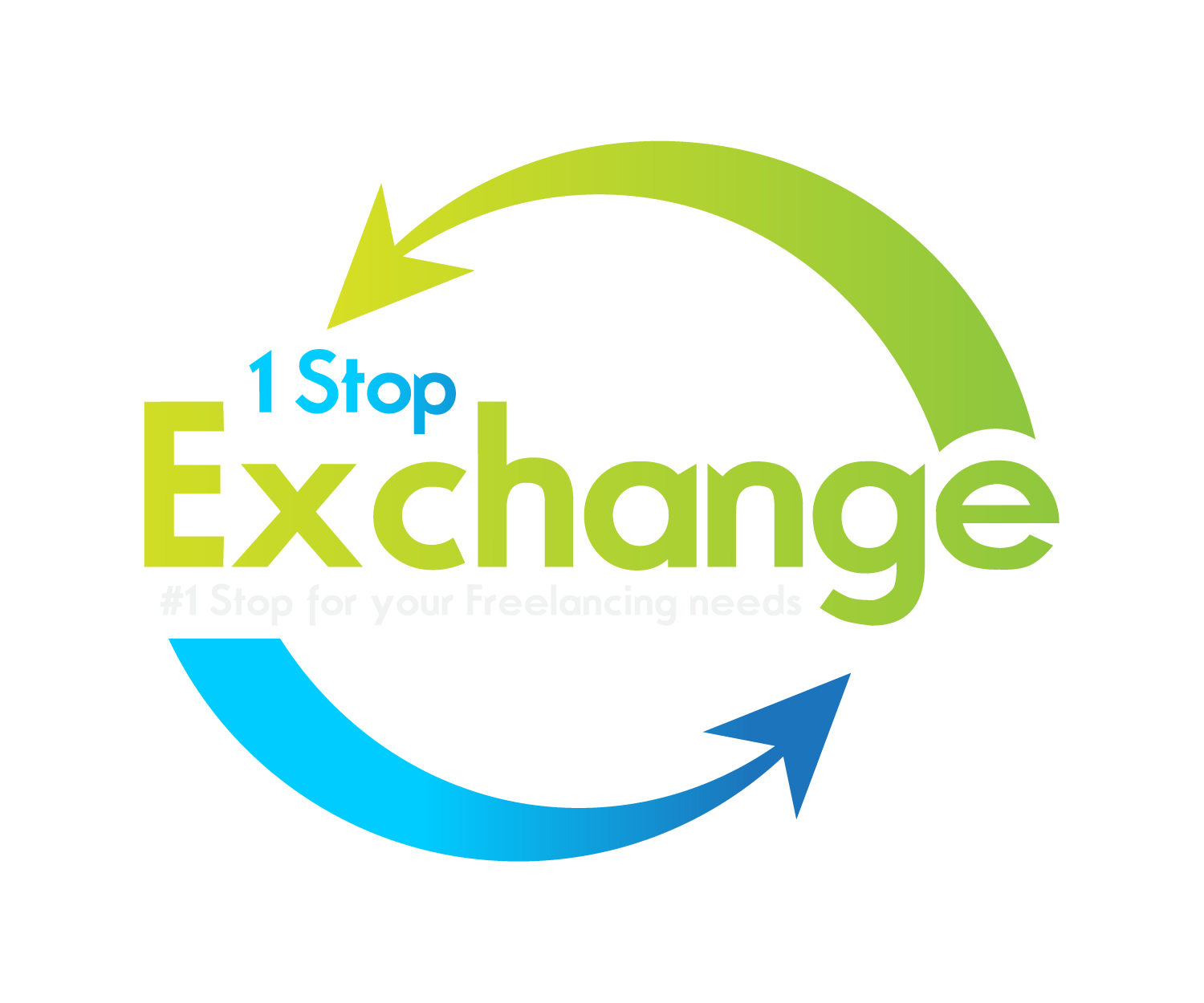A Quick Guide to Business Branding
While conversions and sales are important,
having this quick guide to business branding is equally important.
A bad first impression is no impression at all, and poor branding is the equivalent of wearing a T-shirt and cargo pants to an important meeting.
There should be no justification for poor branding implementation.
Your checklist should include defining your brand’s personality, conceptualizing visuals (such as a logo), claiming social media handles and custom email addresses, and much more. The need to attract the best leads and customers necessitates it.
With that in mind, we’ll spend the rest of this article discussing four key basics for branding your business that you must adhere to. But first, let’s talk about why branding is so important!
The term branding is frequently used. Essentially, it refers to your small business’s visual presentation, which includes your logo, color scheme, “personality,” and even your business name.
Given how broad this concept is, there are numerous reasons to keep it at the forefront of all business decisions. As an example:
- Branding, when done correctly, can increase your perceived professionalism.
- It creates a distinct “brand identity” that potential customers will recognize no matter where it appears.
- Branding ensures consistency across all promotional channels, including social media, newsletters, print media, and anywhere else you choose to advertise.
- In a nutshell, branding is more than just a fancy logo; it is how your company is perceived, what it stands for, and how business is conducted. Overall, working on your branding efforts is critical to your success.
Begin branding your company in four simple steps!
Branding your small business, fortunately, is not difficult. The four steps below will get you started in the right direction:
1. Establish your primary objectives.
It’s a good idea to establish your primary objectives early on. This will provide you with a solid foundation for any future decisions you make. If a potential idea does not align with your key objectives, you must either refine it or discard it.
To accomplish this, ask yourself a few simple questions, such as:
What do I hope to accomplish?
How long will my company last?
There’s a lot more you could do here. Ultimately, you’ll want to set some specific goals for your company and write them down.
2. Recognize your intended audience
When branding your business, you must have a firm grasp on your target audience, just as you do on your business goals. The answer to “Who are you trying to sell to?” should not be “Everyone.”
Narrowing your potential customer base may appear counterintuitive to good business, but knowing who to target will bring you leads who are more likely to convert.
To begin, simply look at your current customers and those of your competitors to create an average customer persona.
List the advantages of your goods and services next, making sure they are consistent with this persona. Prior to the customer opening their wallet, you should begin to consider what they need from you. Once you’ve grasped that, you can continue working on your communication skills.
3. Create an identity and personality for your brand.
It’s time to use what you already know about your firm and clients to establish a distinct personality and identity that corresponds at this stage of business branding. It ought to be obvious why this is significant. Your audience will be more drawn to your goods and services if you provide a persona to which they can relate.
There are several things to take into account in this case, including your logo, your writing style, and even the format of your email address.
For instance, your email will benefit from having a solid username or “local-part” (such hello or contact), and it should always be linked to the domain of your website.
Regarding the visual components, you must first think about what distinguishes your company, such as your goal statement, your brand “essence,” and the commitments you make to your clients.
Next, start considering how these characteristics can influence the decisions you make about your font, logo, and color scheme. This is a good initial step to take, but there are still more things to think about.
4. Maintain a consistent social media and marketing presence.
Finally, you can start to seek elsewhere for your direct marketing, such as other direct marketing platforms like social media. You should pay heed to this since 41% of Americans believe that having a significant social media presence is crucial for any organization.
Even if you don’t intend to use any of the available handles, now is the ideal moment to claim them if you aren’t currently on social media.
This will prevent domain squatters from sabotaging your efforts and assist you provide consistent social media branding.
Following the branding of your company, you must start planning your strategy and then produce your content. What you do and who you do it for will greatly influence how you do it. Even while it could need some work, building your company’s brand will be quite beneficial in the long run.
Conclusion
For individuals who haven’t thought about branding their company before, it should be a top priority. We’ve talked about branding your business in this piece, specifically what makes for strong branding and how to implement it. Let’s review the four steps you should take:
- Establish your main objectives to serve as the basis for your branding initiatives.
- Determine a good target market so you’ll know exactly to whom you should direct your brand.
- To unify your efforts, develop a personality and identity that are relevant to your target audience and objectives.
- Make sure your social media and marketing are on track so you can begin creating a powerful conversion funnel.
Success can be directly impacted by branding in both the short- and long-term. The good news is that branding your company doesn’t need to be challenging. Utilize these steps to launch your marketing campaigns and establish your business.
To learn more news about how to grow your business through this ever-changing climate, visit 1Stop Exchange at the link below.

